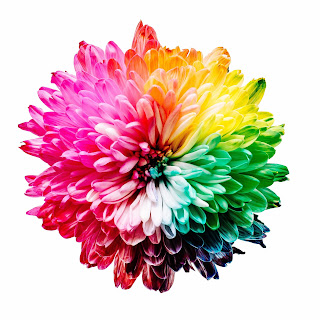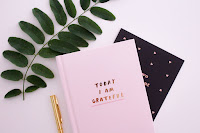Creating a safe haven - Part I
Colour
It was Pablo Picasso who once said that “Colours, like
features, follow the changes of the emotions”.
No matter our consciousness of the matter, colour has the ability to
affect our mood. Most colours have a
universal meaning. In primary school, we're taught that red, yellow and orange are warm colours. We see sunrises and sunsets and feel warm and
fuzzy inside. Conversely, red could
denote anger, rage and passion. Cool
colours like blue, green and purple are what their name suggests synonymous
with calmness, collectedness and the cooler things in life. In different
cultures, colours signify different things.
Where a white wedding dress is a sign of purity at a western wedding, in the eastern part
of the world, it’s worn when mourning.
Psychologically, colours have impacted lives as far back as
the early Egyptians who used colour for holistic benefits. According to an article on the history of colour psychology, red was known
to increase circulation and stimulate the body and mind. Yellow purified the body and aided issues to
do with nerves while orange was used to spike energy levels. Blue was used for pain relief, purple
assisted with inflammation issues of the skin and black oddly enough was
known to represent life and rebirth. Today, restaurants and advertising
agencies use colours to their advantage to affect how their brand is perceived
as well as the sales of their product and service.
With that said, creating a safe haven would require more
than bare, white four walls and a couple of mismatching pieces of art. Rather, strategic colours which send a
message and calms the atmosphere if indeed that is the desired result you're aiming for. It could be a
little tricky though. In the case of a yellow room, a colour which one would expect feelings of joy, has been known to make babies cry. It is also associated with cowardice, a quality I’m sure you would agree no one would want. However, cooler colours
bring a sense of peace. Painting a wall blue-green, coral with a blue
undertone or mauve, for example, are a few colour suggestions that would instantly set the
tone for serenity. For benefiting mind and body, green is the interior designers
go-to as this colour brings with it the undisturbed beauty of nature as God intended. If
however you don’t have the liberty of painting walls because you’re renting or
can’t afford to, here are a few ways to create a safe haven with colour.
1. Choose a room you
spend most of your time in and start with changing one thing at a time.
2. Choose curtains
and bedding to set the overall tone of the room. It’s not expensive and it instantly changes
the over-all environment. In my room,
it’s light grey, lilac and pink.
3. Choose wall art
which takes your mind on a mental journey that’s pleasant or reminds you of a
happy place. It could be pictures of a destination you would love to visit, a happier time with loved ones or nature
that goes with the colours you chose.
4. Own the space. Let your personality show with
a bed-side lamp which has cut-out butterflies or a bling pillowcase if you're a little bit on the girly side or use rustic elements like an elephant picture frame of if you enjoy wildlife.
It’s important that you feel at “home” in your own space with what makes
you happy.
Colour is just one aspect of creating a safe haven. It has the ability to take you on an emotional ride that could make for a pleasant, jittery, excited or gloomy experience. And although it will take a concerted effort to invest in the décor you would need for whatever emotion you feel safe in, it makes such a tremendous impact on our psyche. Next time you step into a room, I
encourage you to be mindful of the emotions you feel and the colours that
contribute to why you feel what you do.
You would be surprised to find how quickly your emotion changes. I
know I was!



This is my favourite post so far. Thank you!!!
ReplyDeleteThank you for the encouragement and support!
DeleteThanks for the practical steps !! Very helpful 😀
ReplyDelete